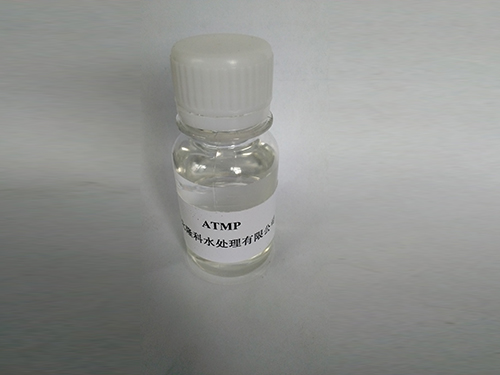me isothiazolinone
Understanding Methylisothiazolinone Uses, Concerns, and Alternatives
Methylisothiazolinone (MIT) is a common preservative used in a wide range of consumer products, including cosmetics, personal care items, and household cleaners. As a member of the isothiazolinone class, MIT helps to prevent microbial growth, thereby extending the shelf life of products. However, its use has sparked significant debate and concern among consumers and health professionals alike. This article explores the uses of methylisothiazolinone, the associated health concerns, and potential alternatives.
What is Methylisothiazolinone?
Methylisothiazolinone is a synthetic compound that acts as a biocide. Its primary function is to inhibit the growth of bacteria, fungi, and other microorganisms that can spoil products or pose health risks. MIT is widely used in various applications, from industrial products to cosmetics. In personal care items, it is typically found in lotions, shampoos, and wipes, while in the household sector, it is used in cleaning solutions and paints.
Benefits of Methylisothiazolinone
The primary benefit of using methylisothiazolinone is its effectiveness as a preservative. It allows manufacturers to create products that remain safe and effective for extended periods, which is particularly important in items that are exposed to moisture and air. The use of MIT can also be cost-effective for manufacturers, reducing the need for frequent product reformulation due to spoilage.
Health Concerns Associated with Methylisothiazolinone
Despite its efficacy, the use of methylisothiazolinone has raised several health concerns. One of the most significant issues is its potential to cause allergic reactions in sensitive individuals. Over the years, there has been an increase in allergic sensitivities linked to MIT, leading to dermatological reactions such as contact dermatitis. The severity of these allergic responses can vary from mild irritations to severe rashes, causing discomfort and distress to those affected.
In 2013, the European Scientific Committee on Consumer Safety (SCCS) reported on the safety of MIT and recommended that its concentration in leave-on products be significantly reduced due to the potential risk of sensitization. Consequently, many cosmetic manufacturers have begun reformulating their products to eliminate or reduce the concentration of methylisothiazolinone, especially in products designed for prolonged skin contact.
me isothiazolinone

Regulatory Actions and Consumer Awareness
The growing awareness of the potential risks associated with methylisothiazolinone has led to increased regulation of its use in various countries. The European Union has implemented strict guidelines limiting the permissible concentrations of MIT in cosmetics and personal care items. Similarly, other countries have begun to follow suit, recognizing the need to protect consumers from possible adverse effects.
As a result of these developments, consumers are becoming more proactive in seeking out information about the ingredients in their products. Many have opted for brands that explicitly state they are free from methylisothiazolinone and other controversial preservatives. This shift in consumer behavior is pushing manufacturers to prioritize transparency and safety in their formulations.
Alternatives to Methylisothiazolinone
In light of the concerns surrounding methylisothiazolinone, several alternative preservatives are gaining traction in the market. Options such as phenoxyethanol, ethylhexylglycerin, and natural preservatives derived from plant extracts are being explored. These alternatives can provide effective protection against microbial growth without the associated risks of skin sensitization linked to MIT.
Moreover, the trend toward clean beauty and green formulations is prompting manufacturers to reconsider their ingredient lists. Many consumers are now favoring products that utilize naturally derived preservatives or that adopt innovative preservation techniques, such as airless packaging, which can help extend shelf life without the need for synthetic preservatives.
Conclusion
Methylisothiazolinone remains a widely-used preservative, but its potential health concerns have prompted significant scrutiny and regulatory changes. As consumers become more informed and demand safer alternatives, the cosmetic and personal care industries may experience a transformative shift towards ingredient transparency and the use of safer, more natural preservatives. Ultimately, the movement away from methylisothiazolinone reflects a broader societal trend prioritizing health and safety in product formulation.
-
2 Phosphonobutane 1,2,4 Tricarboxylic Acid (PBTCA): Superior Scale & Corrosion InhibitorNewsAug.31,2025
-
Dodecyldimethylbenzylammonium Chloride: High-Purity DisinfectantNewsAug.30,2025
-
2-Phosphonobutane-1,2,4-Tricarboxylic Acid: Scale & CorrosionNewsAug.29,2025
-
Premium Isothiazolinones | Broad-Spectrum Biocidal SolutionsNewsAug.28,2025
-
LK-319 Special Scale And Corrosion Inhibitor For Steel Plants: Advanced Solutions for Industrial Water SystemsNewsAug.22,2025
-
Flocculant Water Treatment: Essential Chemical Solutions for Purification ProcessesNewsAug.22,2025





